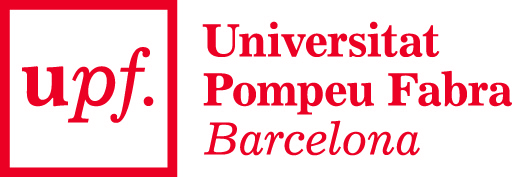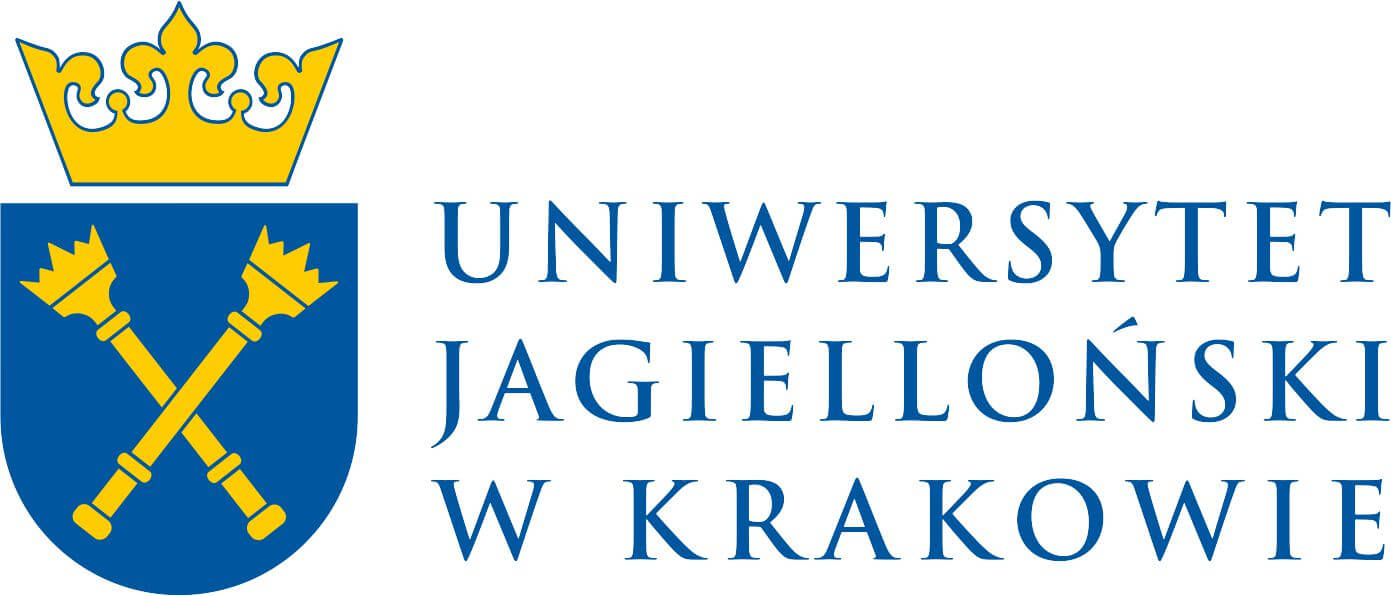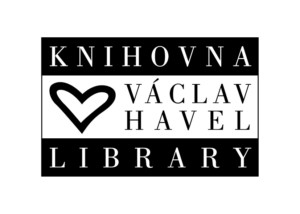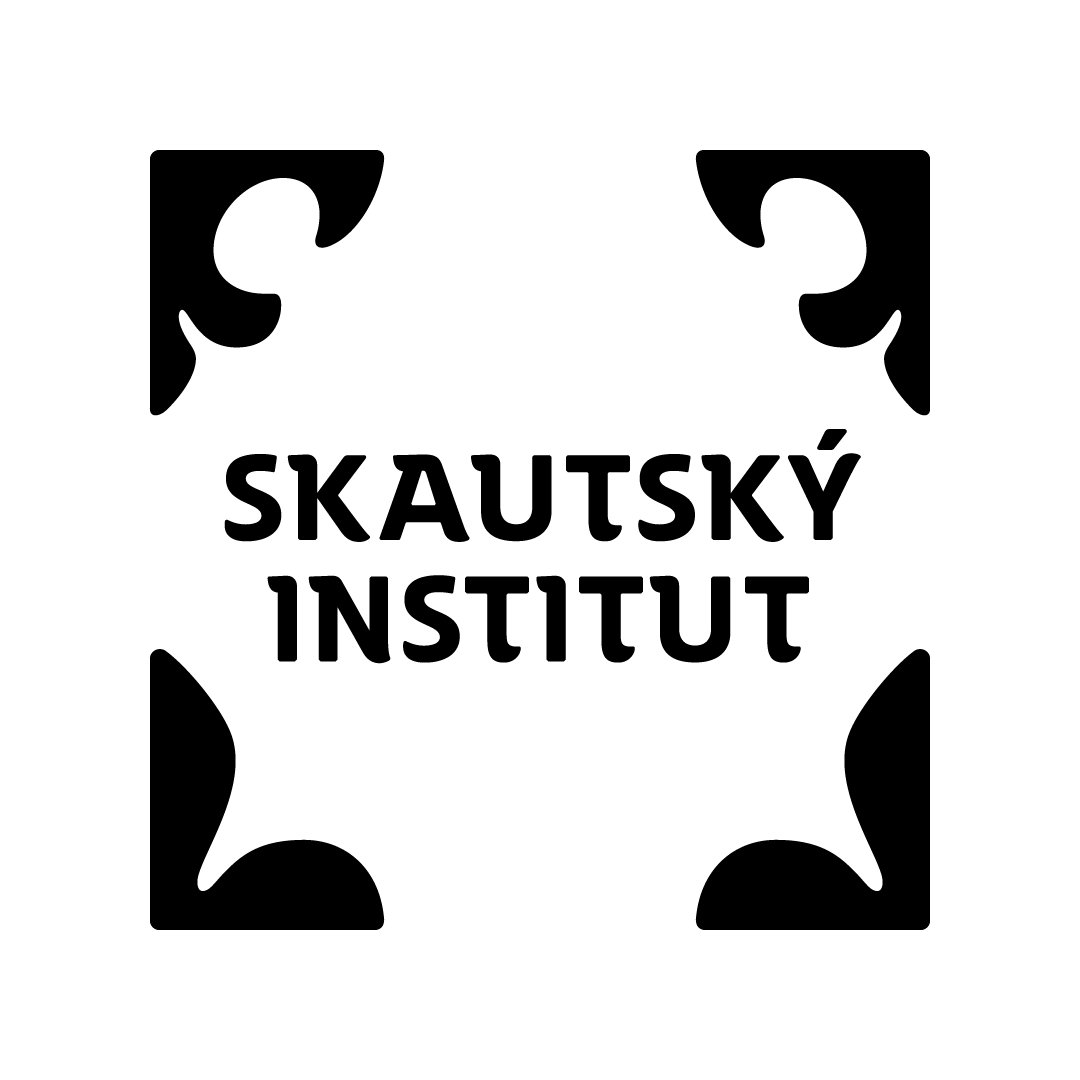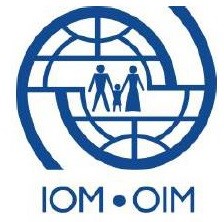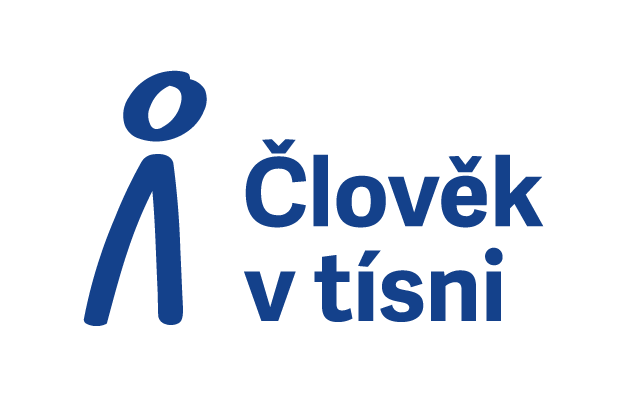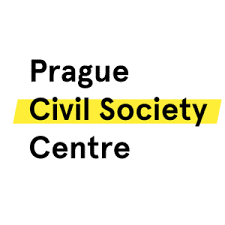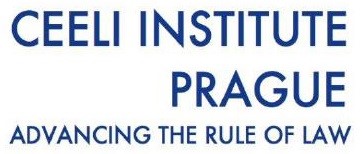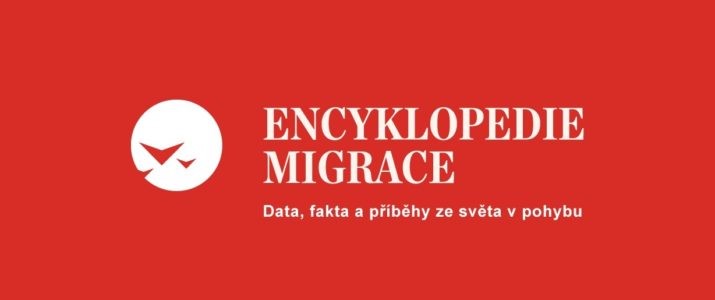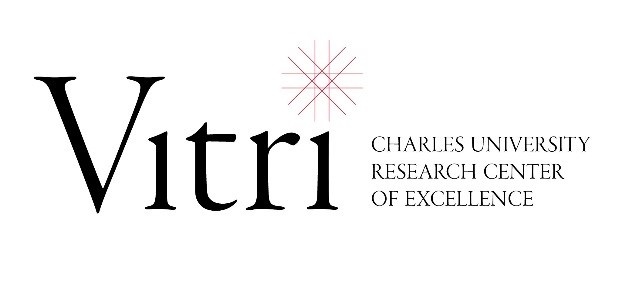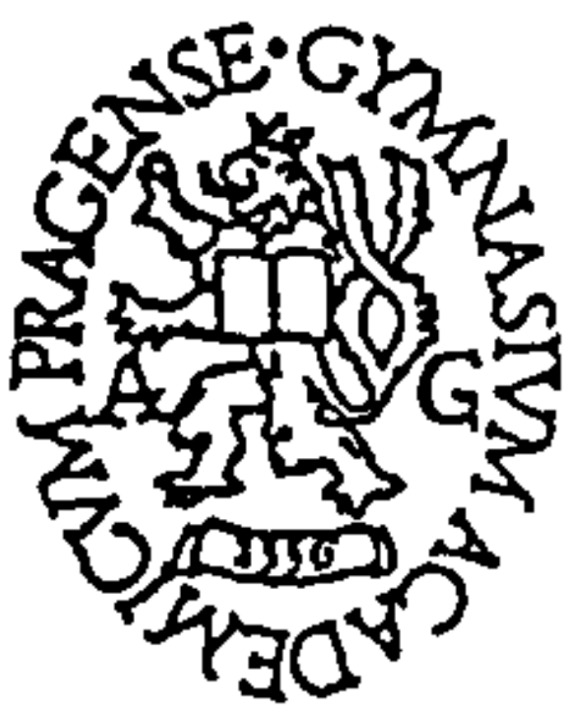Adventist Church in Serbia: A Threat to the Serbian Orthodox Church?
Adventist Church in Serbia: A Threat to the Serbian Orthodox Church?
15.5.2018 Karin Hofmeisterová

The headquarters for the northern district of the Christian Adventist Church in Serbia is a newly renovated spacious building located near the city center of Novi Sad. As many locals say, it is a very lucrative place. There are three smaller churches, one of which holds ceremonies in Hungarian. On January 20, the day of Saint John the Baptist, when many Serbian families celebrate their Slava – the Serbian Orthodox tradition of the ritual glorification of a family’s patron saint – around 200 believers attended the service in the central Adventist church. As one of the pastors, Stevan Mirčeta, told me, the number was below average. Yet, two parallel services were taking place, one being adjusted to younger members, and both were streamed online. It shows that it is a very lively religious community which, according to statistics from 2010, consists of around seven to eight thousand active believers and several thousand supporters. It makes the Adventist Church the most numerous non-traditional protestant church in Serbia, a dominantly Orthodox country.
 The Serbian Orthodox Church (SOC) has been strongly opposing activities of the Adventist Church on Serbian territory since the end of nineteenth century when Adventism began to spread in Vojvodina and later central Serbia. Besides theological differences between Orthodoxy and Protestantism, respectively Adventism, the SOC has always considered the existence of non-traditional protestant churches in Serbia an attack on itself and Serbian national identity, exclusively calling them sects.
The Serbian Orthodox Church (SOC) has been strongly opposing activities of the Adventist Church on Serbian territory since the end of nineteenth century when Adventism began to spread in Vojvodina and later central Serbia. Besides theological differences between Orthodoxy and Protestantism, respectively Adventism, the SOC has always considered the existence of non-traditional protestant churches in Serbia an attack on itself and Serbian national identity, exclusively calling them sects.
Due to the specific historical development in the Balkans as well as the Orthodox ecclesiology, the SOC has been understood as an eternal defender of the Serbian national organism, which is inseparable from Orthodoxy. Despite the official condemnation of ethnophyletism as heresy, the SOC has been seen by the majority of Serbs as a national church. It is then not surprising that from the SOC’s perspective, non-traditional churches which have a potential to attract ethnic Serbs, unlike traditional ones whose believers are mainly from national minorities, are threatening such a “natural and unquestionable symbiosis” of the SOC and the Serbian nation.*
This view intensified in the atmosphere of national mobilization and violent breakup of Yugoslavia. The peak of intolerance towards the Adventist Church was related to the NATO bombardment followed by the de facto loss of Kosovo. It has raised an anti-USA sentiment in the SOC and Serbian public at large. Having its origin in the USA, the Adventist Church was presented as another instrument of the Americans and the Judeo-Masons to destroy the Serbian national organism. Physical attacks on Adventist pastors and church buildings were not rare, and the SOC did not openly condemn these attacks.

As Stevan Mirčeta explains, the situation is currently not so tense anymore, especially in ethnically and religiously mixed Vojvodina, and the relations with state authorities are correct. However, the Adventist Church still feels significant pressure from the SOC in the form of verbal attacks and the creation of a negative image for Adventists in Serbia, making little difference between sects like Satanism, etc. and the Adventist Church. The SOC also ignores any possible dialogue with non-traditional protestant churches, Mirčeta says.
The case of the Adventist Church demonstrates several general issues related to religious life in Serbia. Orthodox Churches have little experience with the religious marketplace, and they are afraid of it. It is one of the reasons why the SOC has actively contributed to creating a negative narrative of non-traditional protestant churches which is dominant in Serbia. Yet, the Adventist Church shows the SOC that despite difficulties it is facing, it is still able to attract believers across the ethnic spectrum including Serbs who are seeking alternatives and do not turn to Orthodoxy automatically based on their national identity. Such a finding can make the SOC look for ways on how to adjust gradually to the rules of religious pluralism. On the other hand, the feeling of insecurity can also intensify the SOC’s intolerance towards the others.
* According to the law from 2006 traditional churches are the Serbian Orthodox Church, the Roman Catholic Church, the Slovak Evangelical Church (of the Augsburg Confession — A.C.), Reformed Christian Church, Evangelical Christian Church (A.C.), the Islamic Community, and the Jewish Community.
Reference: Hofmeisterová, Karin. Adventist Church in Serbia: A Threat to the Serbian Orthodox Church? PRIMUS BOHEMS Web, 15.5.2018. Link: http://www.bohems.fsv.cuni.cz/post/95.





